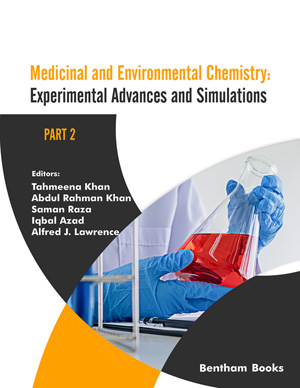Abstract
Anions are prevalent in nature and have important roles in many biological, medical, industrial, and environmental processes. These processes lead to the release of anions in the environment, which act as pollutants at higher concentrations. The proper management of these anions requires adequate detection techniques. Anion sensing, a branch of supramolecular chemistry, deals with chemosensors that are capable of selective recognition and detection of anions through optical or electrochemical response. Further, these compounds are also used for the construction of sensory devices and the extraction and separation of anions. Chemosensors are very useful for the detection of potentially toxic (e.g., fluoride, cyanide) and environmentally hazardous (e.g., phosphate, nitrate) anions as well as in medical diagnostics. Consequently, anion sensing has become one of the most active areas of supramolecular chemistry. The design and synthesis of anion-selective receptors and sensors are challenging, as compared to cation counterparts, due to their different sizes, shapes, high hydration energies, and pH-dependent properties. Three approaches have been used for the detection of anions by chemosensors viz. binding site-signalling subunit approach, displacement approach, and chemodosimeter approach. This chapter focuses on small molecular optical chemosensors and the mechanisms adopted for the detection of anions.
Keywords: Anion-π interaction, Calix [4] pyrrole, Chemodosimeter, Colourimetric, Displacement approach, Electrostatic interaction, Fluorescence sensors, Halogen-bonding, Hydrogen-bonding, Hydrophobic interaction, Lewis acid, Metal complexes, Molecular assembly, Naked-eye detection, Non-covalent interactions, Optical sensor, Recognition, Self-assembly.






















